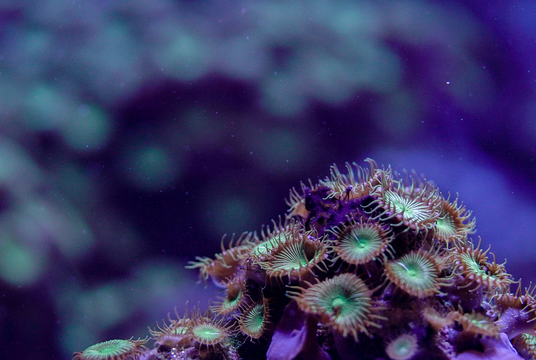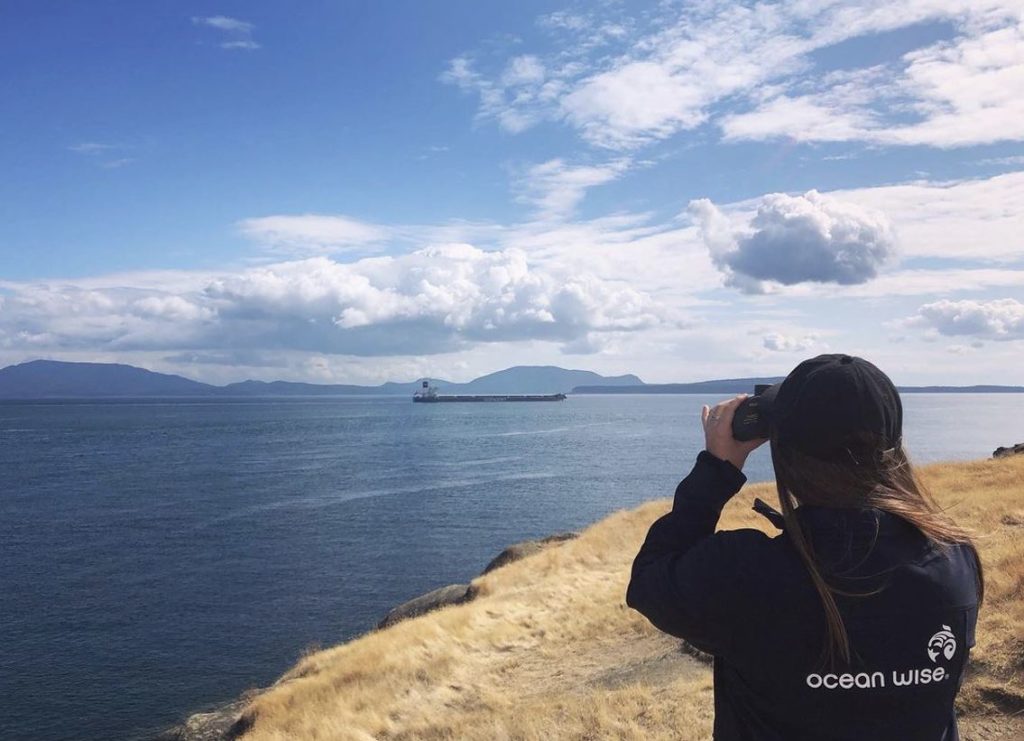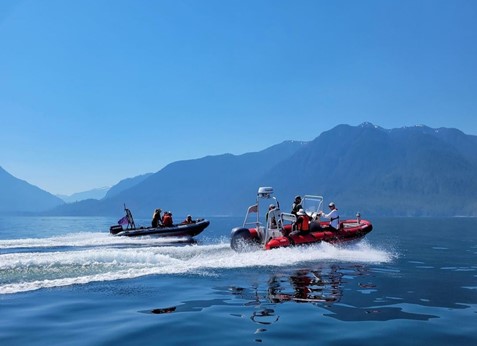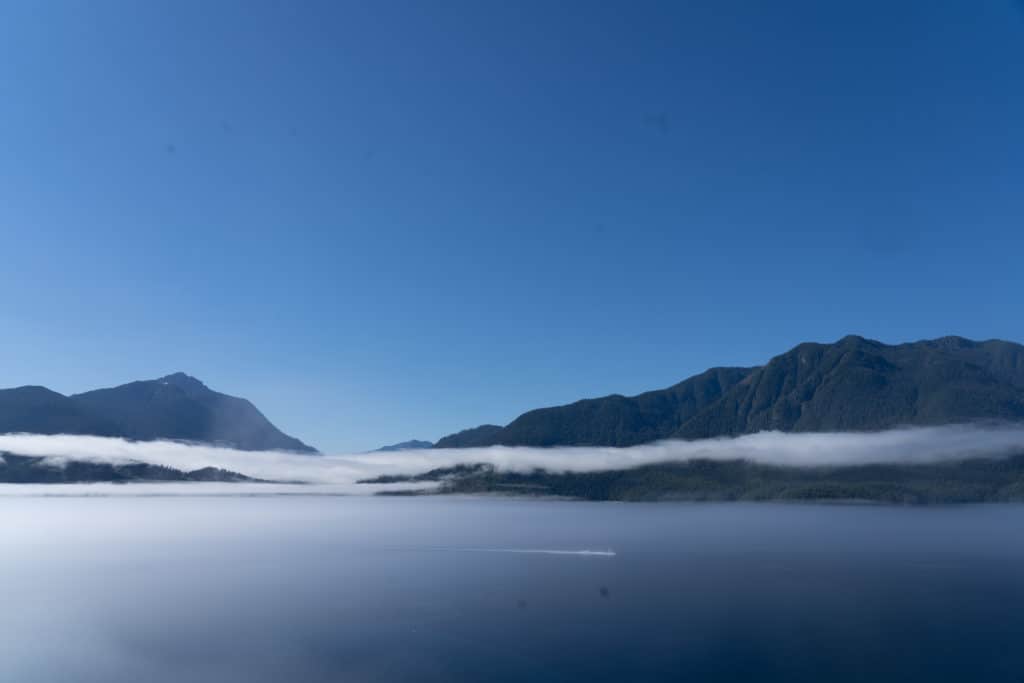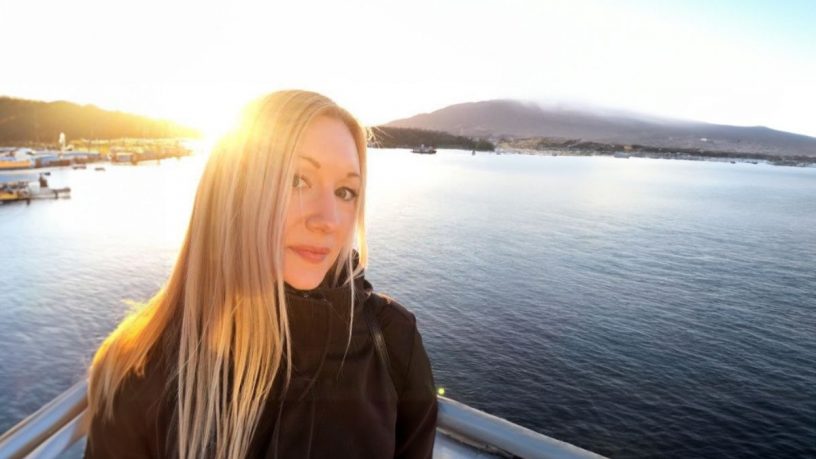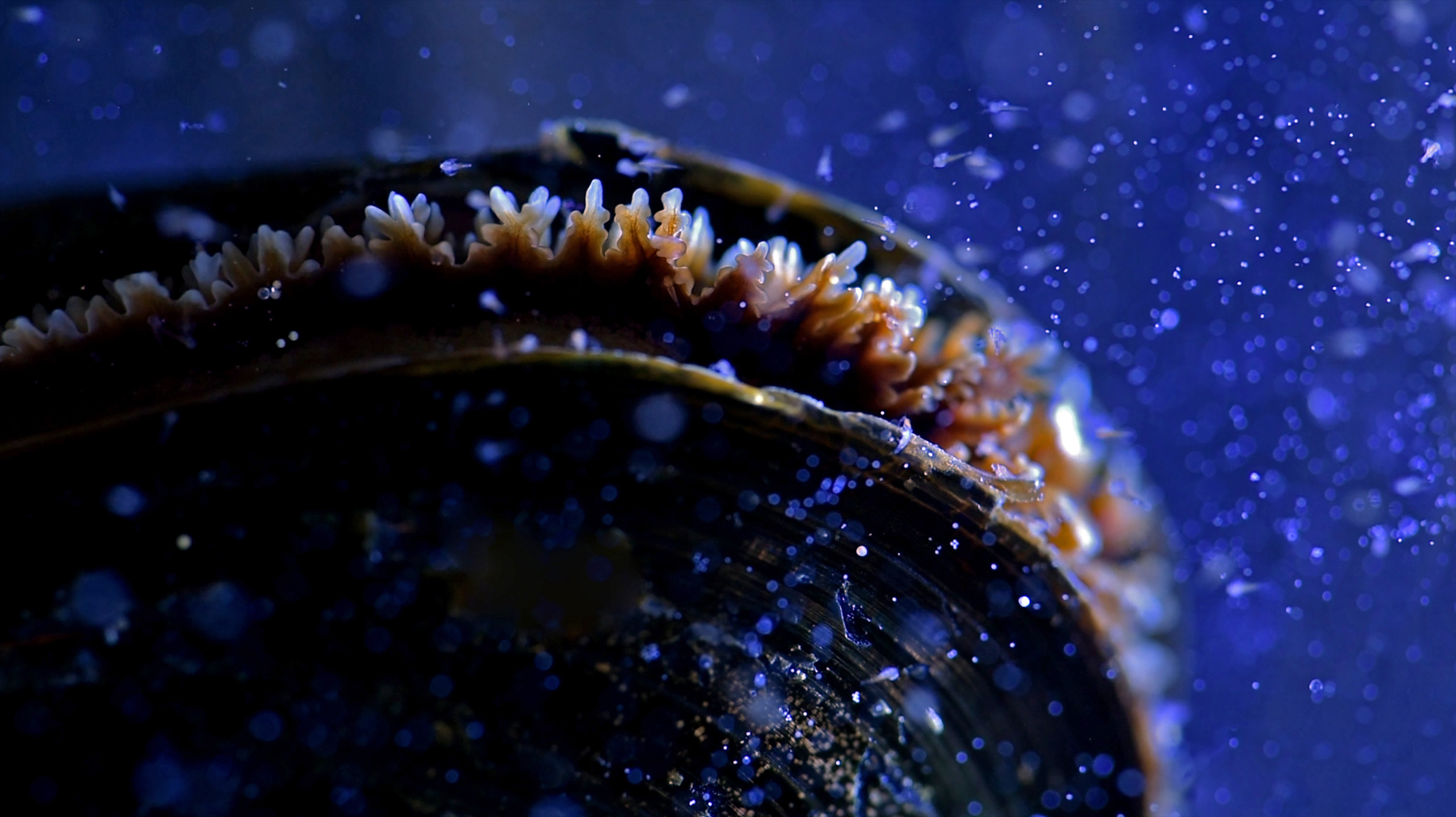
PollutionTracker: Ocean Wise Tracks ‘Invisible’ Pollution
By: Kelsey Delisle
Ocean Wise Marine Mammal Conservation Research Program
The oceans face many threats such as warming, acidification, habitat destruction, and overfishing. At Ocean Wise, one of the major threats that researchers are striving to better understand and find solutions for is ocean pollution.
Pollution of the marine environment can occur in different forms, such as plastic pollution, biological pollution (e.g., pathogens, parasites), and chemical pollution. Plastic pollution of the oceans has captured our attention over the past few years partly because plastic trash on beaches or floating in the water is visible, and even in its smallest form (microplastics) it is relatively easy to understand in the context of our everyday lives: most of us have heard about plastic fibers being shed from our synthetic clothing, or seen the breakdown of plastic products into smaller pieces.
What we don’t hear much about is chemical pollution of the oceans. Typically invisible, chemicals are not thought of on a daily basis. In the oceans, the fate and effects of most human-made chemicals are unknown or not well understood, and chemical pollution only becomes top of mind when a spill occurs or a health crisis comes to light. That is not to say that monitoring, research, and regulatory oversight of chemicals in the oceans are not occurring, they are! But is enough being done? Why isn’t there more conversation and public awareness?
There are an estimated 40,000 to 60,000 industrial chemicals in use globally[1], and new chemicals are being introduced to global markets every year. Large amounts of these chemicals are released to the air, soil, and water, and reach the oceans both directly and indirectly through intentional releases, spills, run-off, and deposition from the atmosphere. It is estimated that more than 80% of global municipal and industrial wastewater is released to the environment without adequate treatment.[2] Chemicals produced or used in one region of the world can also be transported to other regions through atmospheric and ocean currents, even to remote regions such as the Arctic.
.
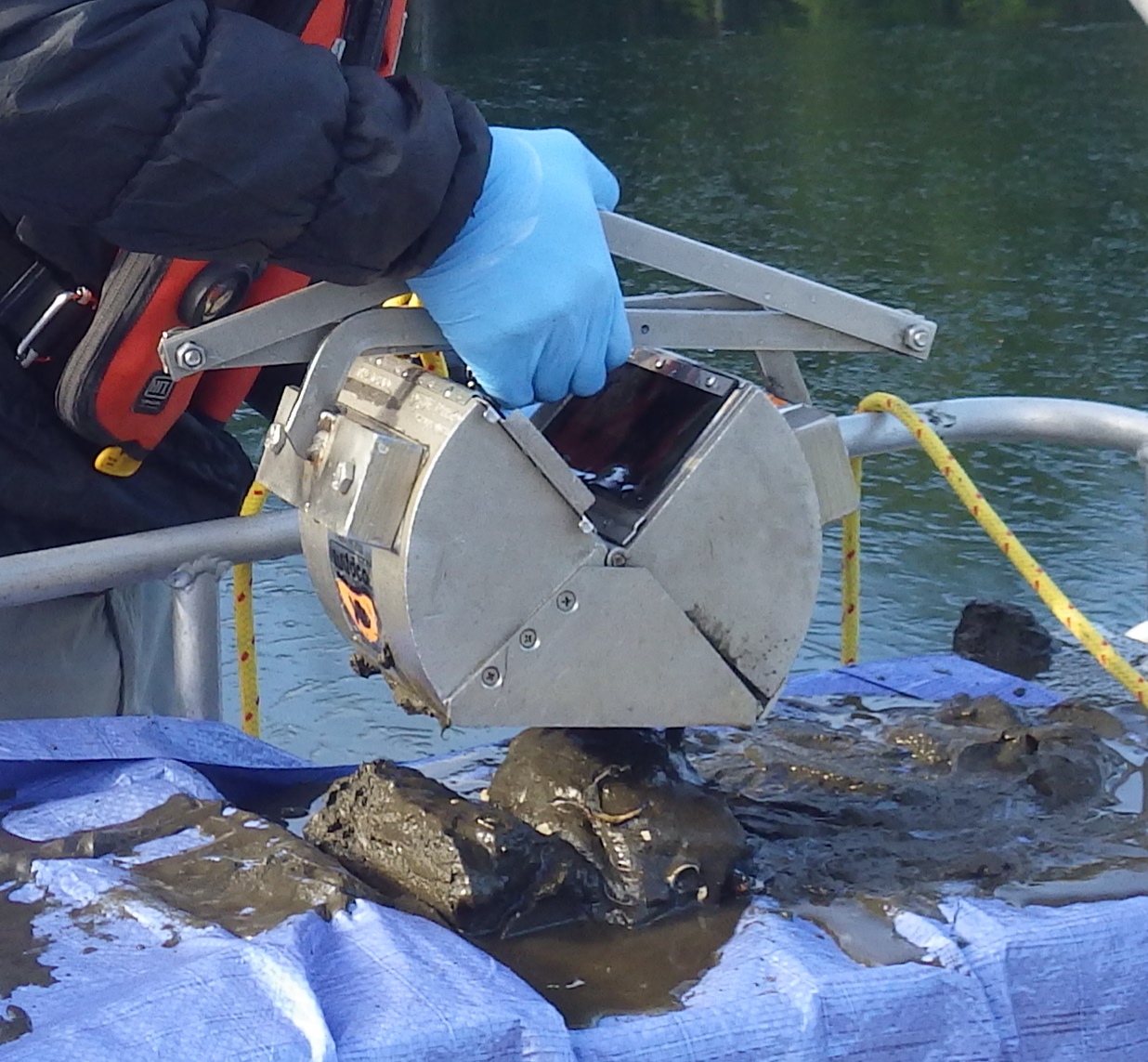
Credit: Ocean Wise Research Institute 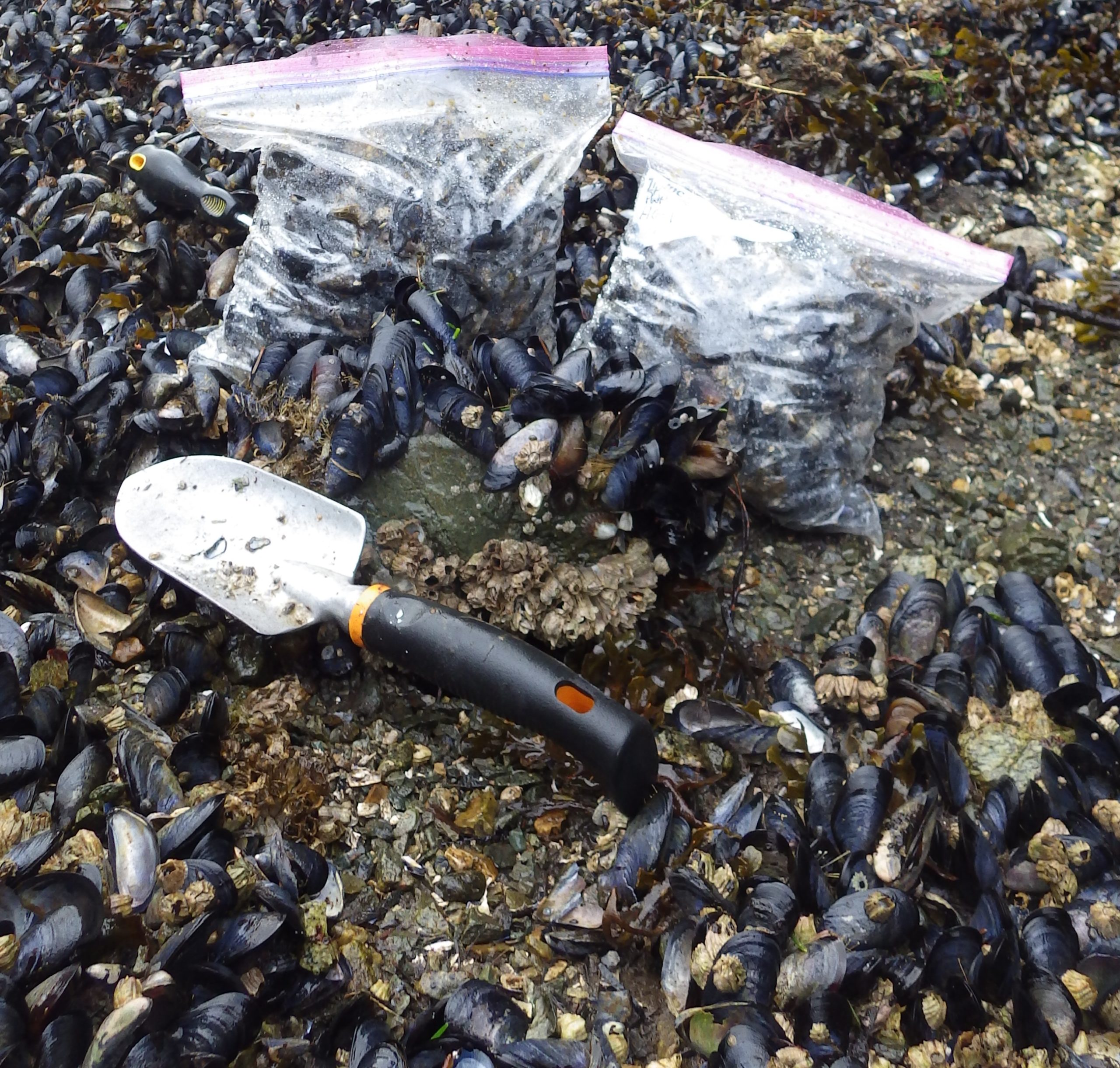
Credit: Ocean Wise Research Institute
Since 2014, Ocean Wise has been monitoring and conducting research on chemical pollution in British Columbia (B.C.). PollutionTracker was established in 2015, providing B.C. with its first long-term, coastwide marine pollution monitoring program. PollutionTracker monitors several hundred chemicals of concern in marine sediment and mussels over space and time, such as pharmaceuticals, personal care products, fire retardants, pesticides, hydrocarbons, metals, polychlorinated biphenyls (PCBs), dioxins and furans, and perfluorinated compounds. This wealth of data is being used to help understand coastal chemical pollution in our local waters, educate the public, and inform regulators.
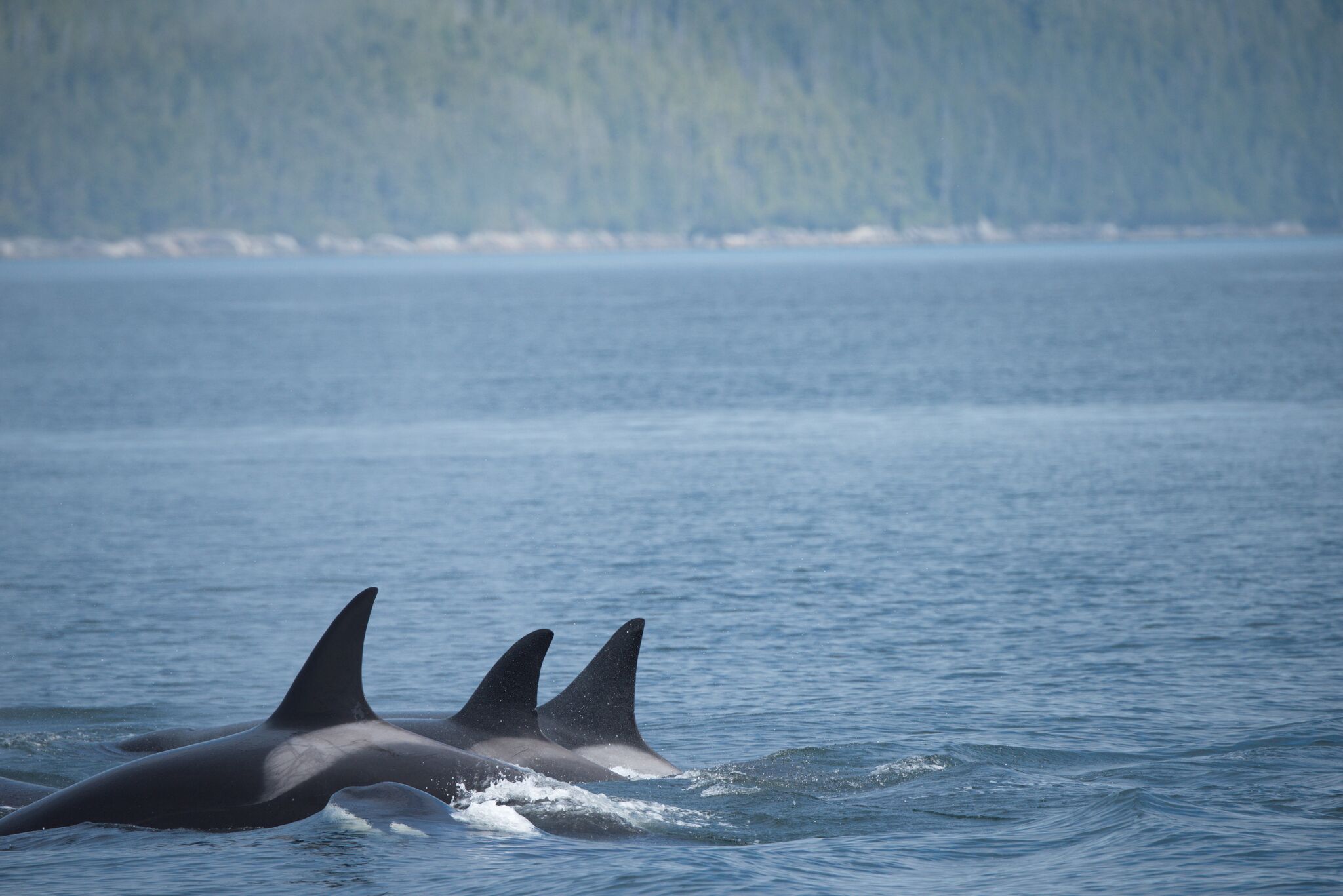
Most of these chemicals are known to have negative toxic effects on the health of marine life, including our iconic killer whales. B.C.’s killer whales are known to be among the most PCB-contaminated marine mammals in the world, and these chemicals are among the top three threats affecting population recovery.
During the past few months of the global pandemic, we’ve heard stories of ocean recovery, such as increased whale sightings due to quieter seas. These stories give us a glimpse into what is possible when we lessen the human footprint and may help convince us of what we need to do to conserve our oceans. Chemical pollution is a critical piece to ocean conservation that we need to better understand and act upon. Let’s all think a bit more about how we use chemicals and how we can reduce pollution in the ocean environment. Together governments, industry, and each of us can make a difference.
To learn more about some of the chemicals that end up in our oceans and ways that we can reduce ocean pollution, check out the following links:
Pollution Tracker: Contaminants
Ocean Watch: PCBs in Sediment and Mussels
Ocean Watch: Persistent Contaminants in Marine Mammals
Ocean Watch: Contaminants in Seabirds
[1] United Nations Environment Programme and International Council of Chemical Associations, 2019
[2] United Nations Education, Scientific and Cultural Organization, 2017
Posted June 15, 2020 by Ocean Wise
